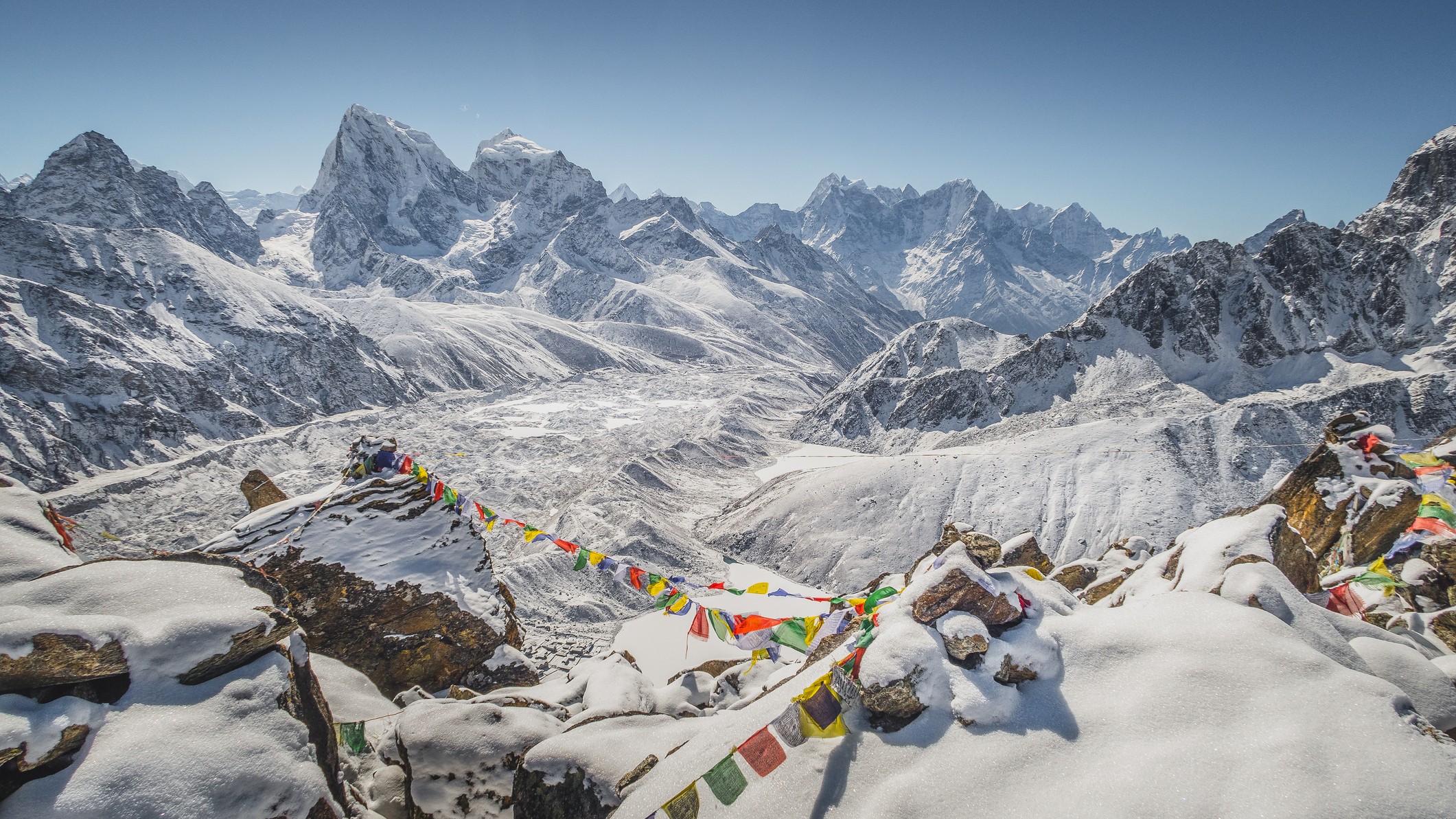
New Space Station Camera Snaps First Image of Earth

A new photo taken from the International Space Station shows an ecologically diverse area of Panama in a new light.
The picture is the first taken by a new Earth-observing tool recently installed on the orbiting science laboratory, and shows the San Pablo River emptying into the Gulf of Montijo, reported NASA's Earth Observatory.
"It is an ecological transition zone, changing from agriculture and pastures to mangrove forests, swamps, and estuary systems," the Earth Observatory wrote.
NASA officials hope that the ISERV Pathfinder camera (short for International Space Station SERVIR Environmental Research and Visualization System) will give scientists on the ground more insight into environmental issues around the globe.
"ISERV's full potential is yet to be seen, but we hope it will really make a difference in people’s lives," principal investigator Burgess Howell of NASA’s Marshall Space Flight Center in Huntsville, Ala., told the Earth Observatory. "For example, if an earthen dam gives way in Bhutan, we want to be able to show officials where the bridge is out or where a road is washed out or a power substation is inundated. This kind of information is critical to focus and speed rescue efforts."
Controlled from Marshall, NASA scientists will use positioning software to map exactly where the space station is flying to target and photograph points of interest on the surface of the Earth.
"If there's a good viewing opportunity, the SERVIR team will instruct the camera to take high-resolution photographs at 3 to 7 frames per second, totaling as many as 100 images per pass," reported the Earth Observatory. "With a resolution down to 10 feet (3.2 m) it will be possible to spot fairly small details and objects."
Get the world’s most fascinating discoveries delivered straight to your inbox.
The camera isn't available for this kind of research just yet, however. Engineers are still working out ISERV's kinks before starting in on basic scientific work in a few months.
The International Space Station is about the size of a football field and was built by five different space agencies representing Canada, the United States, Russia, Europe and Japan. The orbiting science laboratory is currently home to Expedition 34's six international astronauts.
Follow Miriam Kramer @mirikramer and Google+. Follow OurAmazingPlanet @OAPlanet, Facebook and Google+.

